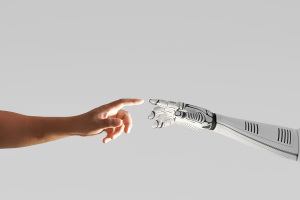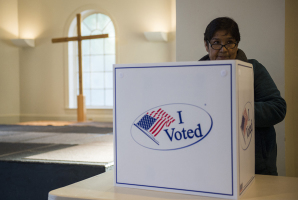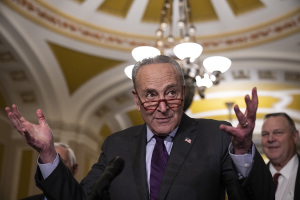Nontheists Increase Visibility on Billboards
"Don't believe in God? You are not alone."
Those words have been plastered on billboards in one of the most religious states in the country - Texas.
The Dallas/Fort Worth Coalition of Reason is behind the new ads and the group is seeking to increase the visibility and acceptance of nontheists in the Dallas-Fort Worth Metroplex.
"Those nonbelievers who are not ready, or who are unable, to 'come out' can take comfort in knowing that they are not the only ones who accept the reality of a 100 percent natural world," the coalition states on its website.
According to Terry McDonald, coordinator of the coalition, Christians or religious people are not their target and conversion is not their aim.
"But if we can let some of them know that there are a lot of us, and we're pretty much the same as they are - caring about our families, our country, our community - that'd be kind of an extra benefit we get," McDonald told The Dallas Morning News.
The local coalition says nontheists - such as atheists, agnostics, freethinkers and humanists - are a large minority and it wants to let other like-minded people know that they are a thriving community.
"We want to help those who have grown beyond religious belief to find their philosophical home," the nontheistic group states.
The billboards went up on Monday and are part of an ongoing nationwide campaign to raise the public profile of nontheism and organize "godless groups" in every major city of the nation.
Similar ads were posted in or near New York City, Philadelphia, Denver, Kansas City, Charleston, S.C., and northern Idaho.
According to the Pew Research Center's 2007 U.S. Religious Landscape Survey, 5 percent of American adults say they do not believe in God or a universal spirit and of these nonbelievers, 24 percent identify themselves as atheist and 15 percent call themselves agnostic.
In more recent findings, the 2008 American Religious Identification Survey (ARIS) found that the percentage of Americans claiming no religion jumped from 8.2 percent in 1990 to 14.2 in 2001, and increased to 15 percent in 2008.




























